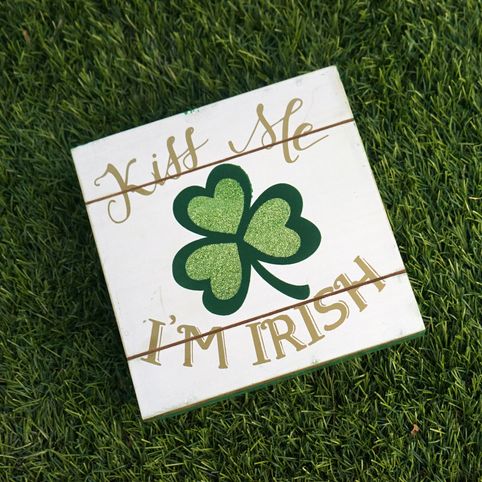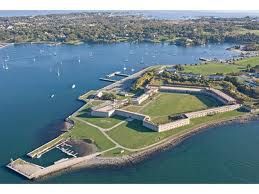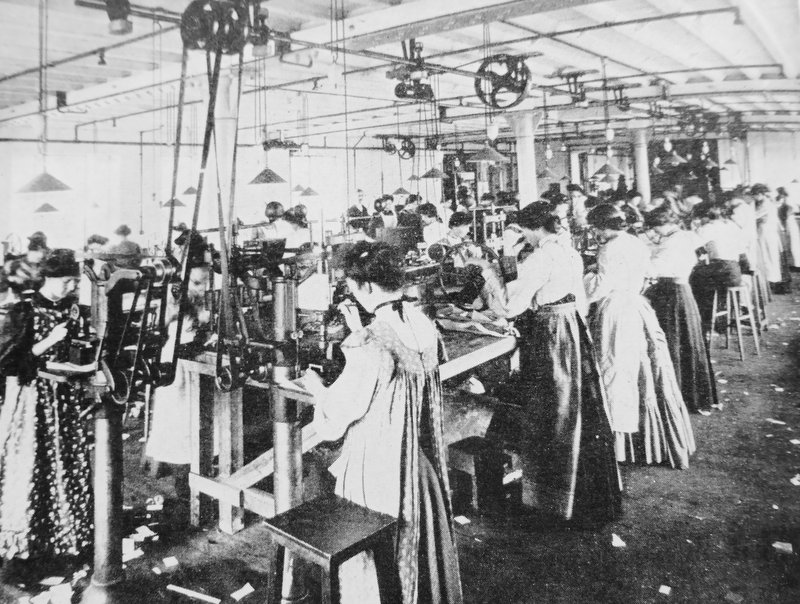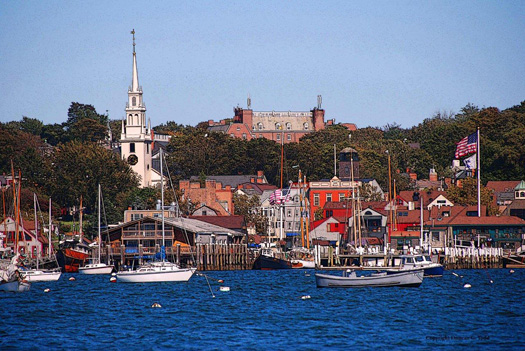Irish History in Rhode Island

Rhode Island is proud of it's Irish culture and history.

Rhode Island ranks fifth in the country in terms of "Irishness", 17.9% of residents claim Irish ancestry, according to the U.S. Census. Those routes go back to the early days of the Thirteen Colonies. In the 18th century, Ireland’s great political thinker George Berkeley settled in Middletown, RI from 1729 until 1732. His plan was to build a college to teach Indian children. He wanted to found a college for them, but almost immediately he realized that such a plan had problems. First of all, some Indian chiefs were questioning why they should send their children to study what they thought was "worthless stuff". So that didn't go over too well.
Berkeley famously asked the question we have all heard “If a tree falls in a forest and no one is around to hear it, does it make a sound?” His answer: Yes, because God heard it.
Irish immigrants moved here, drawn by Newport, a bustling seaport at the time. Irish laborers built Fort Adams, a massive project that lasted from 1824 until 1857.

Fort Adams, Newport RI
In the 1820s, what was once a trickle of Irish emigrants grew into a flood, and Rhode Island became a magnet for young men seeking guaranteed work, which was always translated as hard labor. Many of those who dug the Blacktstone Valley channel were immigrants from Ireland; the diggers were veterans of canal projects in Ireland and England following a career.
One of these men worth noting was Michael Reddy, a young Catholic laborer who settled in Woonsocket in 1826. But Reddy, like so many others, faced discrimination, largely in part to the Catholic faith shared by many of his countrymen. Reddy pushed for acceptance and inclusion, and through his efforts and others like him, Woonsocket became a stronghold for Irish immigrants, with 2,300 of the town’s 8,000 residents coming from Ireland by 1859. Irish immigration to Rhode Island skyrocketed in the 1840s and 1850s, largely in part to the Great Hunger of 1845 – 1849. This was a period of devastation that cut Ireland’s population by 25%.
The Irish were not welcomed with open arms, with "IRISH NEED NOT APPLY" signs scattered throughout the state. But the Irish persevered, and over the years established numerous societies.
Irish women also made a mark, securing jobs that ranged from seamstresses to textile mill operatives and teachers, with both genders joining and establishing labor unions. By the 20th century, the Irish had become the largest ethnic group in the state, and Rhode Island became the first in the nation with a Catholic majority.

Irish women working in the textile factories
Today, Middletown, Narragansett, Charlestown, Scituate and Jamestown still have large Irish-American populations.
The city of Providence, culturally has a good amount of Irish music and places to go listen to Irish music with lots of dancing. In Cumberland, the Blackstone River Theatre brings in top Irish traditional bands for an evening of fun.
Newport has the most vibrant Irish heritage. They host an annual Irish Heritage Month every March with dozens of Irish-themed events, lectures, exhibits and a parade. It has its own Museum of Newport Irish History in the Fifth Ward, which is known as a working-class neighborhood sandwiched between Newport’s commercial waterfront and the Oceanside mansions of the rich and famous.

And since 2002, Newport also has a sister city connection to the seaport city of Kinsale in County Cork, known as the Gourmet Capital of Ireland. The two cities have a "chef exchange", where chefs from each city visit eachother in alternate years. Each city gets to experience authentice cuisine from the sister city.
In Rhode Island we believe, on St. Patrick's Day, everyone is Irish. Enjoy the festivities everyone!
